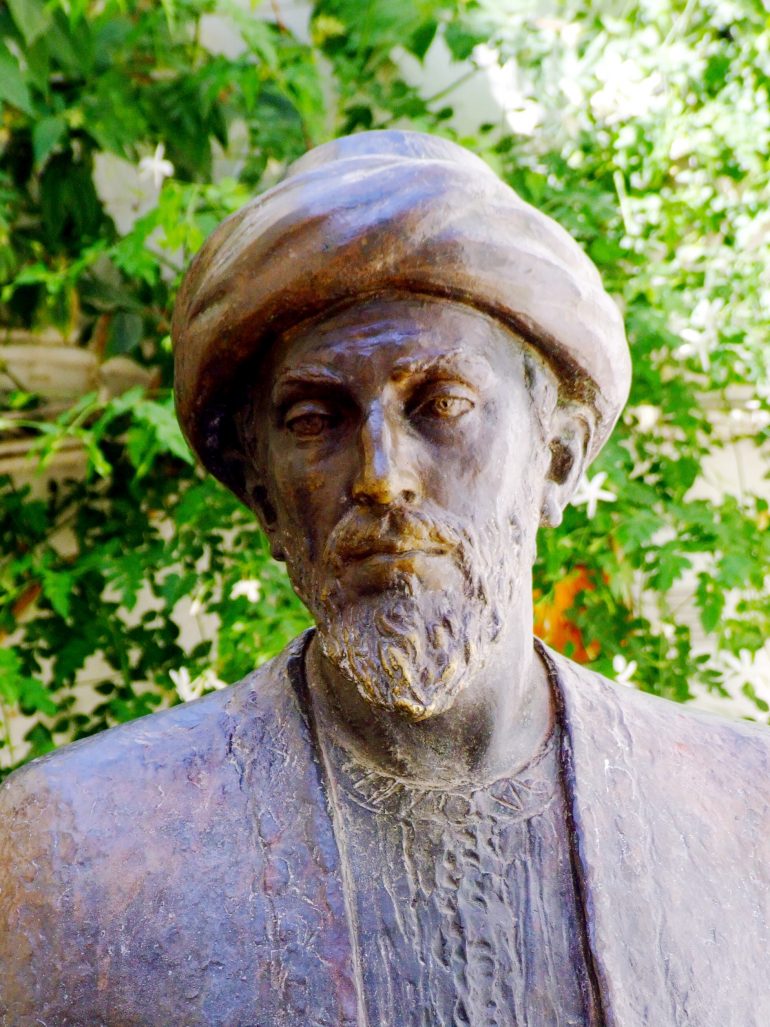It often seems like one’s academic major in higher education is a blood-bound oath, and America’s culture of specialized labor promotes that stoicism in kind. Judaism by contrast touts the polymath, a person of wide-ranging knowledge or skill, as the most effective member of society, such as Maimonides who was “an expert on scripture and Talmud… an important legal official… [and] a physician in the Muslim court,” according to the Internet Encyclopedia of Philosophy.
The idea of balancing several skills is debated significantly in the Mishna as well. Rabban Gamliel argues in Pirkei Avot, “Excellent is the study of Torah together with a worldly occupation; the exertion in both of them causes sin to be forgotten” (2:2). Many Jews support this concept of multitudinous life. If one dedicates all their energy into one skill or study, like Torah, some other corporeal need will remain ignored.
It is pertinent then to ask whether critical theory addresses and supports these notions today. Acclaimed theologian Walter Benjamin, a German Jewish philosopher who wrote much of his work during the rise of the Nazi party, penned an article titled Author as Producer illustrating this same duality of skills. In it he describes an effective producer as someone who understands “the decisive difference between the mere supplying of a productive apparatus and its transformation.” An effective author gives their consumers products that sell, but also products that suggest a call to action or change.
A great current iteration of this scenario is the Humans of New York Facebook page (https://www.facebook.com/humansofnewyork/). Originally developed as a blog to document photographs of New York denizens, the page expanded into a dual narrative of pictures and detailed personal accounts, which eventually “became the subject of the blog,” according to owner Brandon Stanton, who maintains nearly 18 million followers. Part of his success is attributed to the activism that accompanies his projects. Most recently, he began documenting the stories of those who survived the Rwandan genocide. During this campaign he opened several crowdfunding goals to assist numerous subjects presented in Stanton’s work.
How is this an example of a polymath? Benjamin argues that the creator in this case is also a writer. Beyond that, this writer-photographer is a political activist. The success of the photograph is dependent on the careful captioning that comes with it, just as “the task of changing the concert is impossible without the collaboration of the word,” as he argues. In this sense, no significant impact can be made unless vastly different specializations are conjoined to usher forth new modes of thinking and acting.
How the polymath can be formed in the 21st century is the current conundrum. Although unknown forces drive university students down the river of one major or another, thus washing them ashore to a determinate career, interdisciplinary education may become foundational in how we look at our chosen paths in a productive, and eventually impactful, manner. The wisdom of the aforementioned thinkers outlined here should foster questions regarding the meaning of the “profession” as is known in our current discourse. Can our ability to make a difference be nurtured by the principles of the polymath? Is it realistic to stretch ourselves in this way to try and attain greater insight? Perhaps most importantly, is this lifestyle actually accessible to most people?

